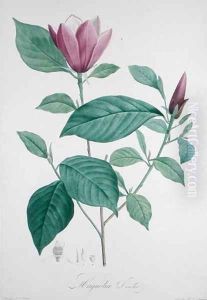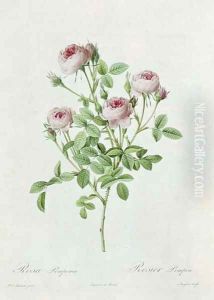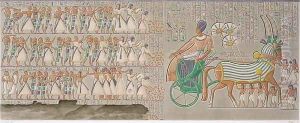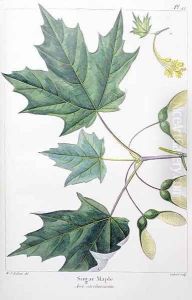Redoute, Henri Joseph Paintings
Pierre-Joseph Redouté, often known as Henri Joseph Redouté, was a painter and botanist from the Southern Netherlands, recognized for his watercolors of roses, lilies, and other flowers at Malmaison, many of which were published as large, color-plate books. He was born in Saint-Hubert, Luxembourg (which is now part of Belgium) on July 10, 1766, and he died in Paris, France, on June 19, 1852.
Redouté was born into a family of painters and initially pursued a career as a decorative painter in his hometown before moving to Paris in 1782. There, he began to work as an illustrator for the botanist Charles Louis L'Héritier. Redouté's skill in flower painting was soon noticed, and he was introduced to the court of Marie Antoinette. Despite the turbulent times of the French Revolution, Redouté managed to maintain his position and continued to receive commissions.
His work gained the attention of Josephine Bonaparte, wife of Napoleon, who was an avid plant collector. She appointed Redouté as her official court artist, and he created detailed illustrations for her at the Château de Malmaison, her private residence. Redouté produced some of his most famous works during this period, including illustrations for 'Les Roses' and 'Les Liliacées', which are considered some of the finest records of botanical illustration.
Redouté mastered the technique of stipple engraving, using it to reproduce his watercolor illustrations. This allowed his illustrations to be printed in color, which was a significant innovation at the time. His botanical illustrations are noted for their scientific accuracy as well as their artistic beauty.
After the fall of Napoleon, Redouté fell out of favor at court but continued to work and teach. He published several more collections and contributed to the documentation of many plant species. Despite financial difficulties in his later years, Redouté's work remained influential, and he is still celebrated today as one of the most talented botanical illustrators in history. His work also contributed to the field of botany by preserving the appearance of species that might have otherwise been lost to time.



